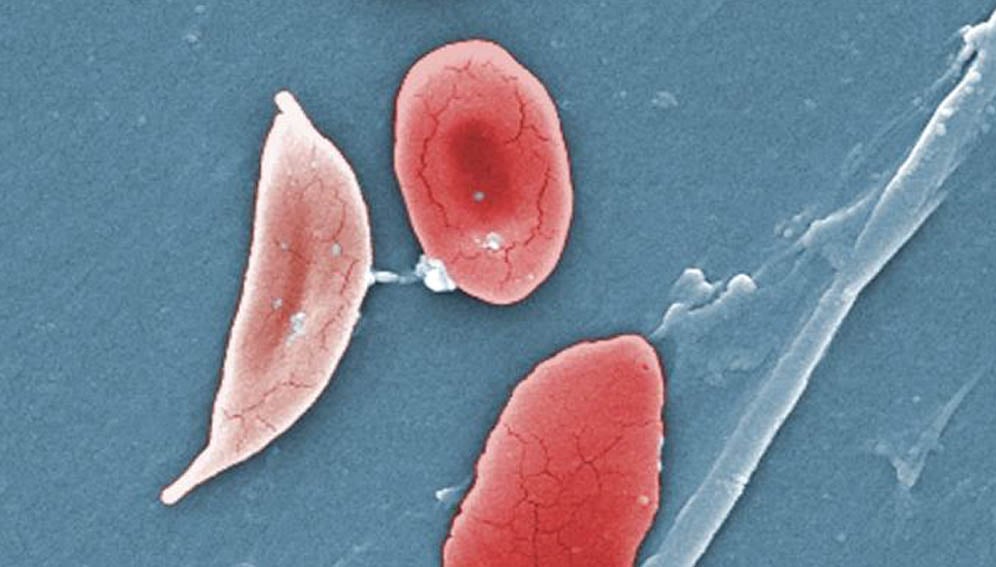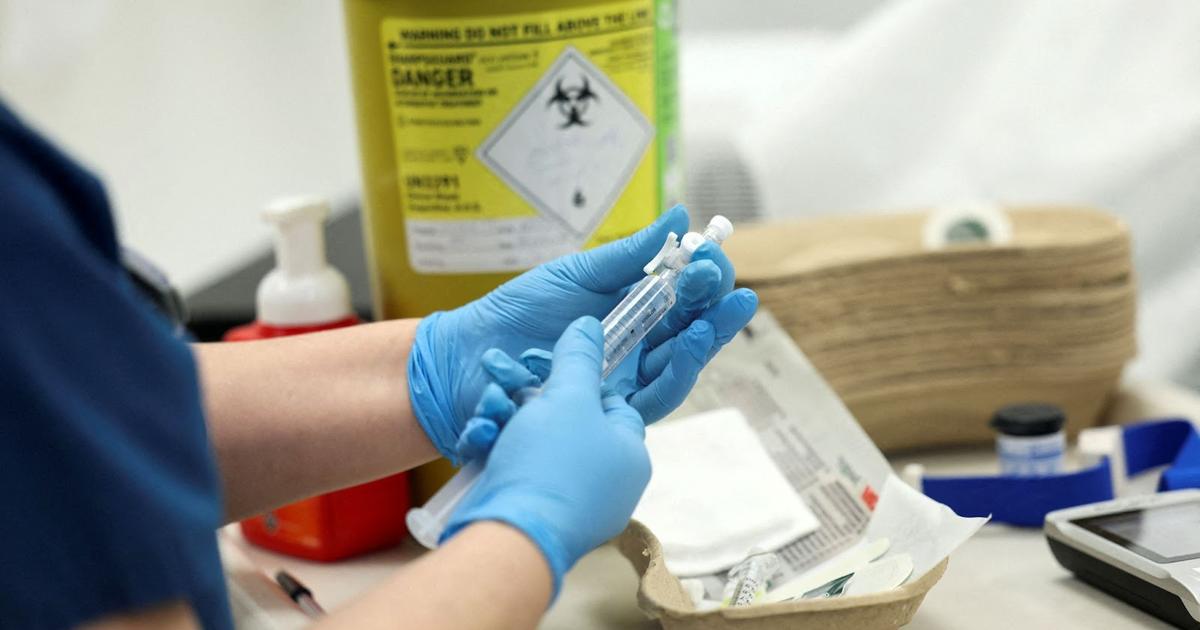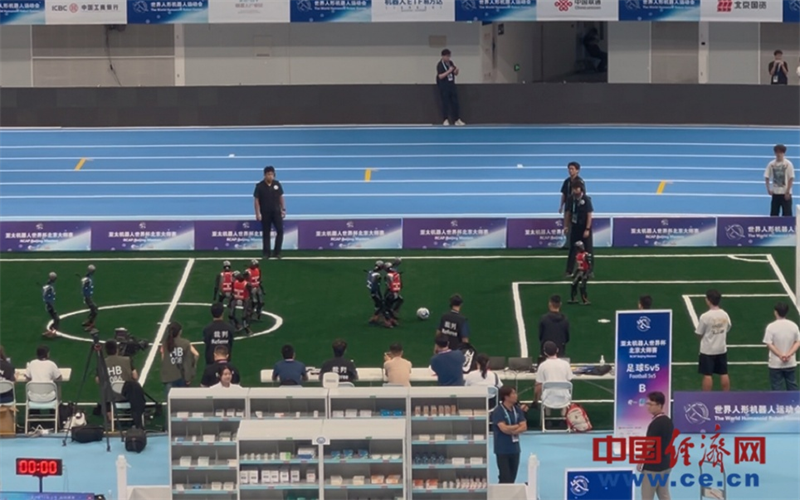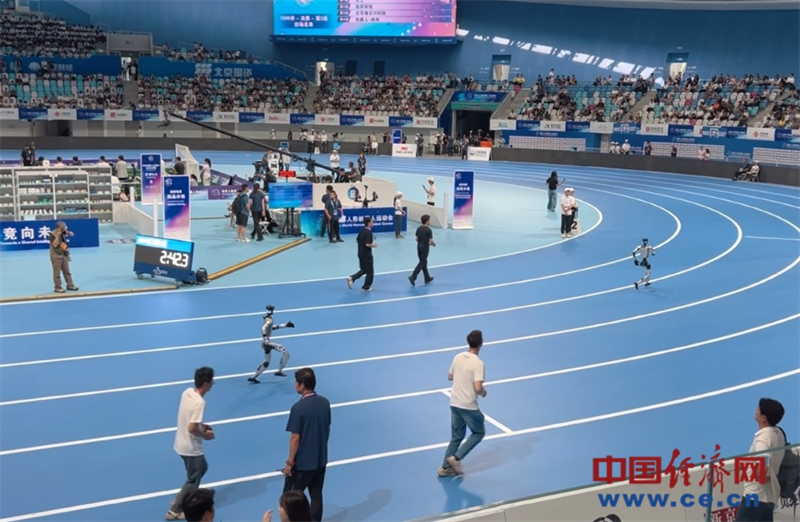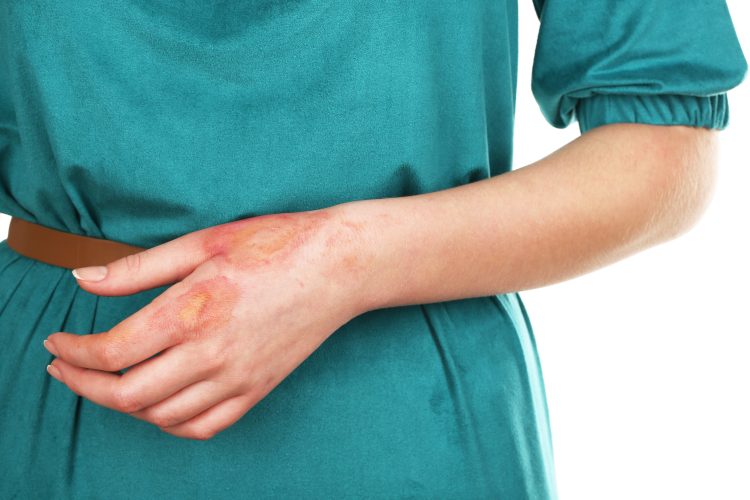THE OPPO Reno series has always represented more than just technology; it embodies the lifestyle of young people, serving as a companion that inspires you to discover life’s beauty and make your moment. Continuing its legacy of design innovation, the all-new Reno14 Series draws its inspiration from the fashion industry, embracing the popular “Mermaidcore” trend to create a device that is a true testament to OPPO’s relentless pursuit of style and craftsmanship.
Inspired by the fantasy of mermaids and the serene beauty of the ocean, this aesthetic has swept through global culture as a symbol of freedom, joy, and self-expression. With the Reno14 Series, OPPO captures the shifting shimmer for the first time on a smartphone, pioneering the revolutionary “Iridescent Mermaid Design.”
– Advertisement –
To bring this vision to life, OPPO has pushed the boundaries of smartphone engineering by innovating across color, material, and finish.
Iridescent Glow Process: Painting with Light and Color
The mesmerizing shimmer of the Iridescent Mermaid Design is achieved through the industry-first Iridescent Glow Process, pioneered by OPPO.
The process involves meticulously stacking twelve different layers—twice the number used in the previous generation. Every layer is engineered to stack perfectly, creating a delicate, colorful, and prismatic finish that truly stands out.
But the innovation goes beyond simply adding layers; the finish undergoes five rounds of precision polishing at a microscopic level. It creates textures as narrow as 20 microns—less than one-third the thickness of a human hair—producing a dazzling spectrum of colors that shift with movement.
Complementing the stunning back cover, the Reno14 Series also debuts the Gradient Aura Design on its camera module. This vibrant, flowing aura softens the visual presence of the camera, resulting in a look that is both harmonious and delightfully light in spirit.
The Iridescent Mermaid Design and Gradient Aura Design are available on the Opal White version of the Reno14 5G and Reno14 Pro 5G, as well as the Opal Blue version of the Reno14 F 5G.
One-piece Sculpted Glass: Seamless Form, Resilient Function
The back of the Reno14 and Reno14 Pro is a marvel of material engineering. Crafted from a single, solid piece of One-piece Sculpted Glass, the body flows seamlessly from the back cover into the camera module with no joints or breaks. The unibody design is the result of a meticulous 65-step process that takes twice as long to complete as conventional methods.
The journey begins with a thick piece of glass, carefully carved down by a high-precision CNC machine to shape the slim back cover while leaving the camera housing as an integral part of the structure. The camera housing is then polished for a seamless transition before the entire piece undergoes a series of crucial transformations—including etching, grinding, and chemical strengthening—to produce the finished, durable unibody glass.
The structure is reinforced with an aerospace-grade aluminum frame, providing exceptional resilience with IP66, IP68, and IP69 ratings. Whether facing a casual spill, a dunk in water, or exposure to high-pressure, high-temperature water, both models are engineered to withstand real-life challenges with confidence. The durable build also enables unique features like Underwater Photography, allowing users to capture photos and 4K videos underwater without needing an additional waterproof case.
Velvet Glass: Redefining the Sensation of Touch
Completing the sensory experience, OPPO introduces its latest breakthrough in glass finishing: Velvet Glass. Defying the cold, hard feel typically associated with glass, OPPO’s Velvet Glass offers a warm, soft, and silky texture that feels almost like fine velvet fabric.
The incredible tactile sensation is achieved by etching over 10 million micro-crystals—each only about 15 micrometers in size—onto the glass surface. A customized chemical polishing process then etches the crystal boundaries to create a unique, coral-like structure. It’s this intricate pattern that gives the glass its signature soft, skin-friendly, and fingerprint-resistant touch.
Perfecting the finish was a monumental task, requiring over 100 days of relentless optimization. The process involved refining the chemical formula 10 times and optimizing application parameters through more than 30 rounds of testing.
The result is a finish, featured on the Opal White models of both the Reno14 5G and Reno14 Pro 5G, that transforms every interaction into a moment of subtle comfort and happiness.
A Symphony of Style and Strength
By combining the shimmering colors of the Iridescent Glow Process, the seamless transition of One-piece Sculpted Glass, and the silky touch of Velvet Glass, the OPPO Reno14 Series with Iridescent Mermaid Design sets a new standard for smartphone aesthetics, delivering a device that is both an extension of personal style and a celebration of life’s most vibrant moments.
– Advertisement –


